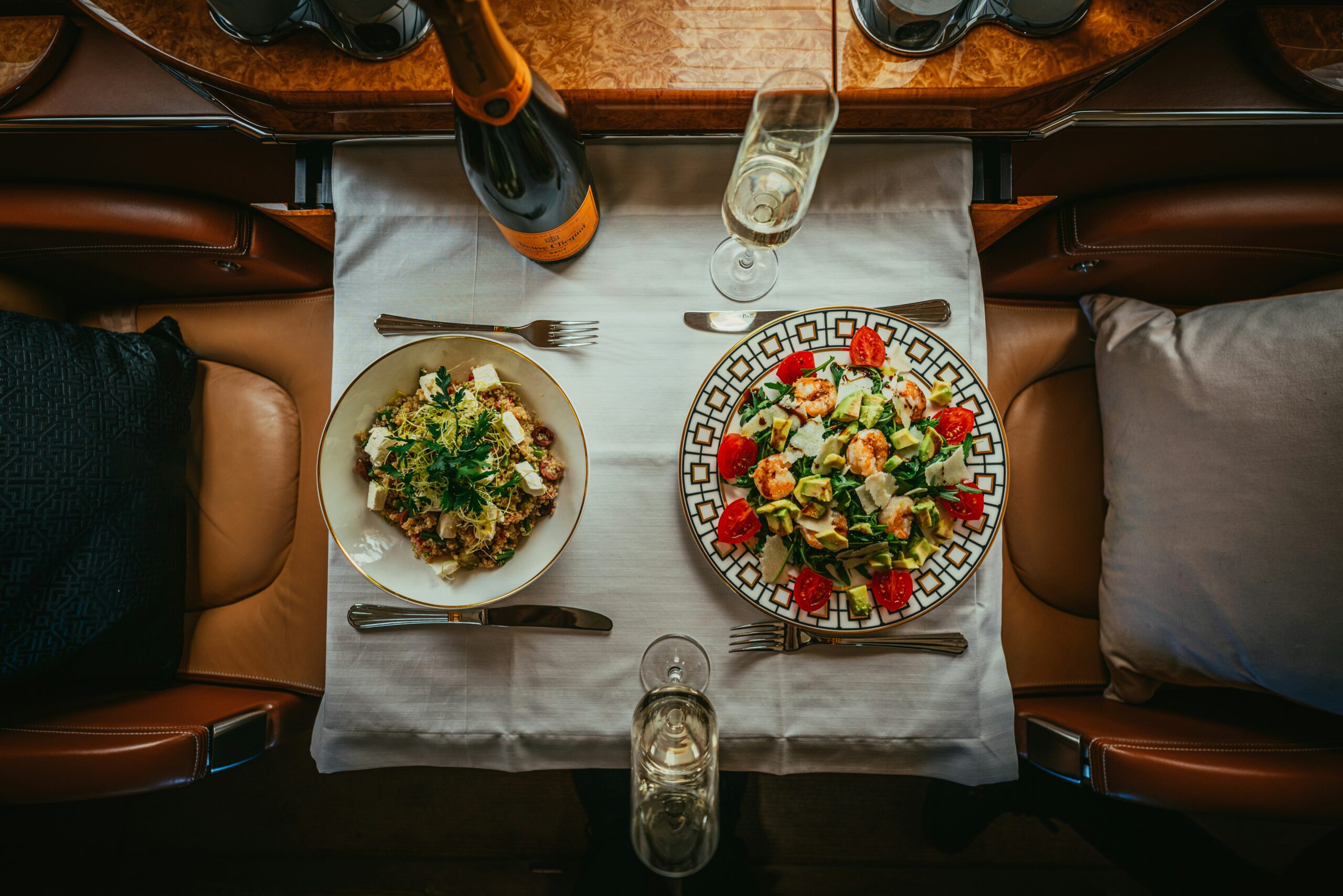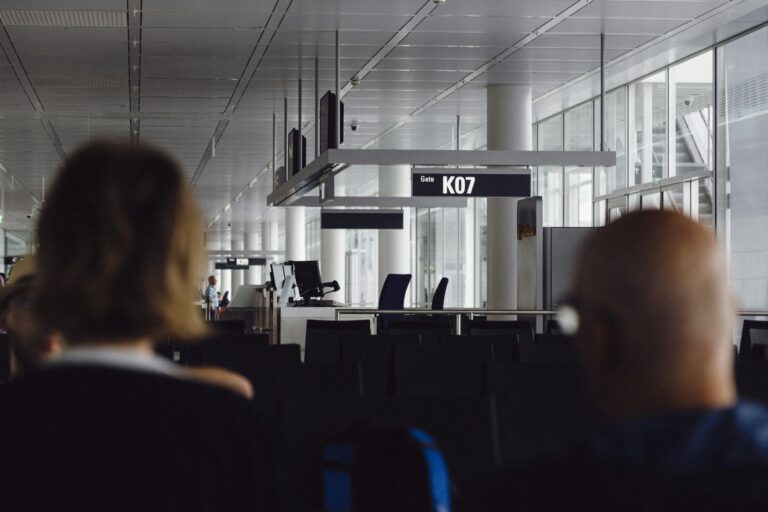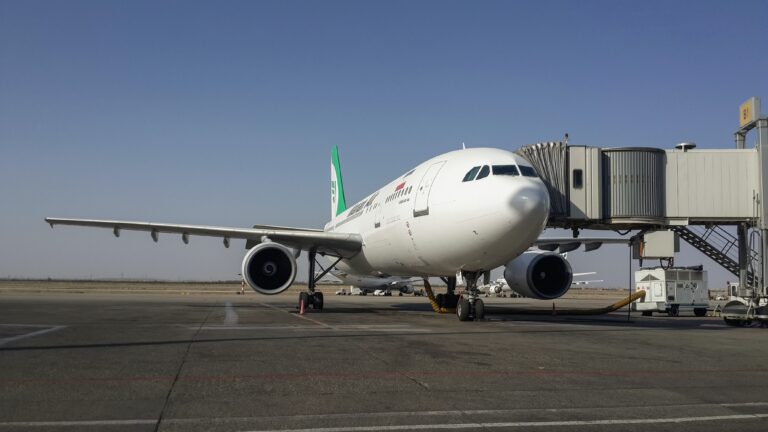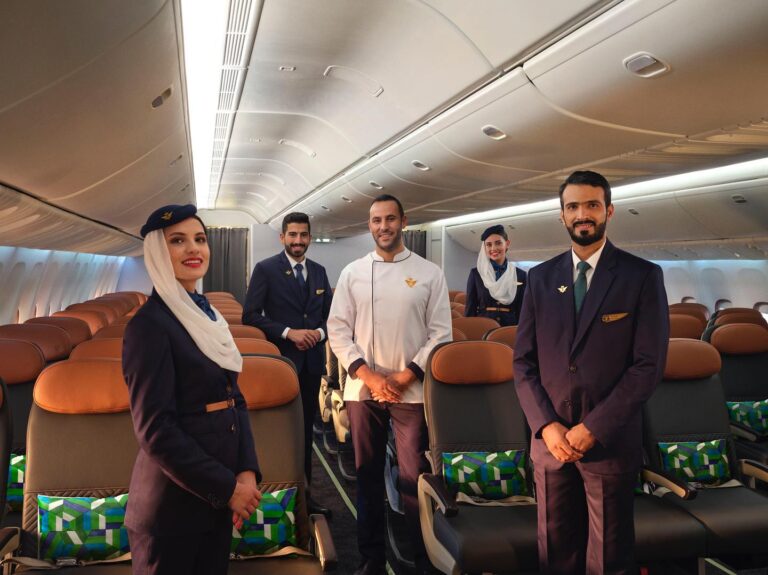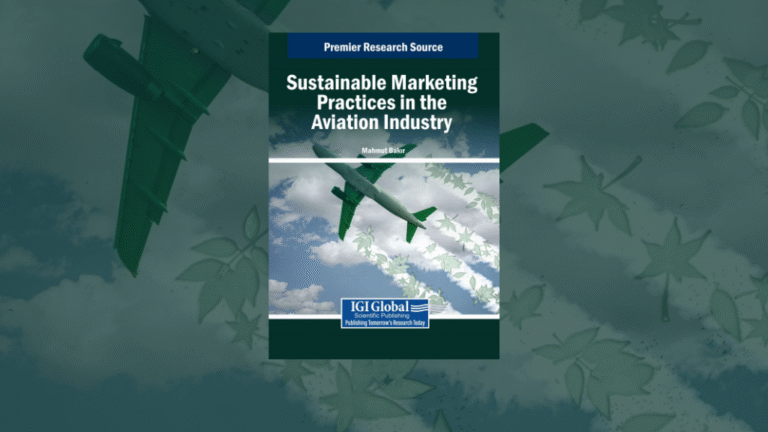The Journey of Food in the Sky: The Role of Gastronomy in Airlines
Have you ever noticed that food tastes different on a plane than it does on the ground? It’s not just your imagination; it’s a fascinating part of the in-flight experience that airlines are increasingly investing in. Today, air travel isn’t just about getting from point A to B. It’s about creating a memorable, multi-sensory journey. And food, as it turns out, plays a central role in that journey.
The air pressure inside an aircraft cabin is equal to being at an altitude of about 1,800 to 2,400 meters above sea level. This difference between ground and sky increases sensory thresholds and reduces our sensitivity to taste and smell. In 2010, Lufthansa Airlines and Germany’s Fraunhofer Institute for Building Physics conducted a study on this topic. It was found that low humidity and air pressure during flight reduce the perception of sweet and salty tastes by approximately 30 percent, while sour, bitter, and spicy flavors remain largely unaffected. Umami, known as the fifth basic taste, is described as distinct from the other four: sweet, salty, sour, and bitter.
The cabin pressure inside at this height, around 6,000–8,000 feet of an aircraft, significantly dulls your sense of taste and smell. Low humidity dries out the nasal passages, which impairs aroma perception, while constant engine noise, typically around 80–85 decibels, reduces sensitivity to sweet and salty tastes.
In a 2017 review, Oxford University’s Charles Spence explained how this trio of environmental factors, pressure, dryness, and noise, combine to blunt the flavor experience. Interestingly, one taste stands out as resilient: umami, the savory “fifth taste.”
If you pay attention to the meals served during flights, you will notice the frequent use of umami-rich ingredients. That’s why foods rich in umami, like tomatoes, mushrooms, and soy sauce, are more common in in-flight menus than you might expect. This is also why tomato juice, rarely ordered on the ground, becomes a favorite in the sky. This is not a coincidence. It is a strategy developed by airlines to adapt to changes in taste perception at altitude.
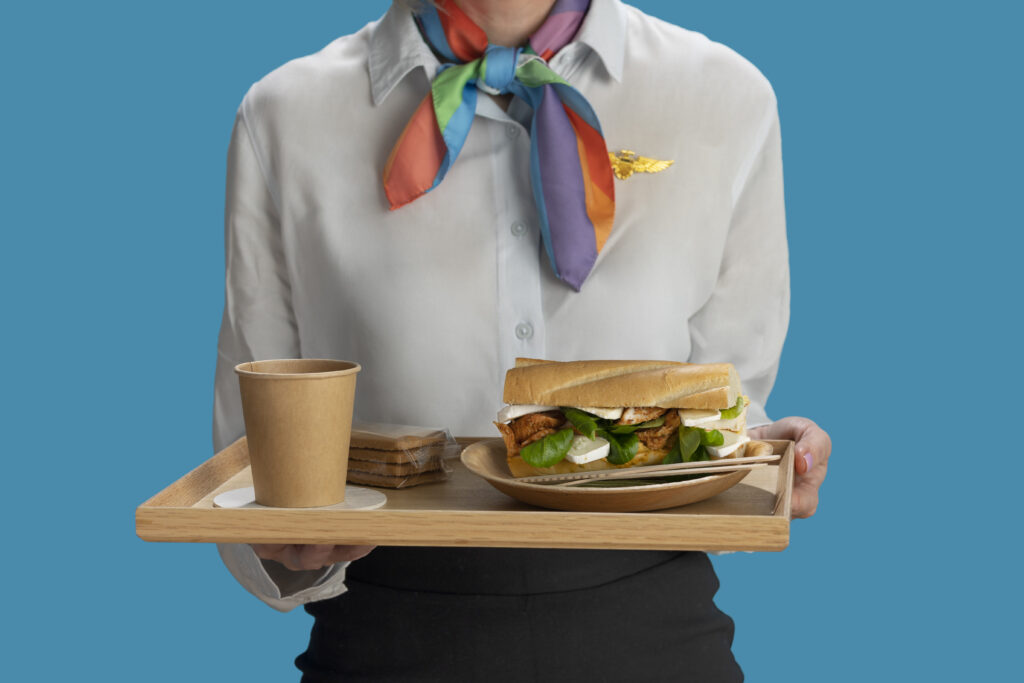
Flying Kitchens: Airlines That Lead With Flavor
Many airlines today have transformed their in-flight kitchens into an integral part of their brand identity. The dining experience is now recognized as a powerful factor influencing both customer loyalty and the overall perception of the flight.
Turkish Airlines, in collaboration with DO & CO, brings the finest selections of Turkish and international cuisine onboard. From fresh simit to the classic hünkar beğendi, its extensive menu offers passengers a rich cultural journey above the clouds.
Similarly, Singapore Airlines collaborates with its renowned International Culinary Panel, comprising world-renowned chefs. All dishes are tested in extraordinary pressure chambers that simulate the in-flight environment, ensuring balanced flavors even at cruising altitude.
ANA (All Nippon Airways) carries the elegance and refinement of Japanese cuisine into the cabin. In February 2025, it began offering 53 different types of Japanese sake on its international flights and in its lounges. Curated with the guidance of consultants like Yasuyuki Kitahara, these sake selections are carefully paired with meals to elevate the in-flight experience to fine-dining standards.
Air France, through its collaborations with Michelin-starred chefs, serves regional French dishes with refined elegance. Each plate is crafted with an artistic touch, turning every flight into a showcase of French culinary culture.
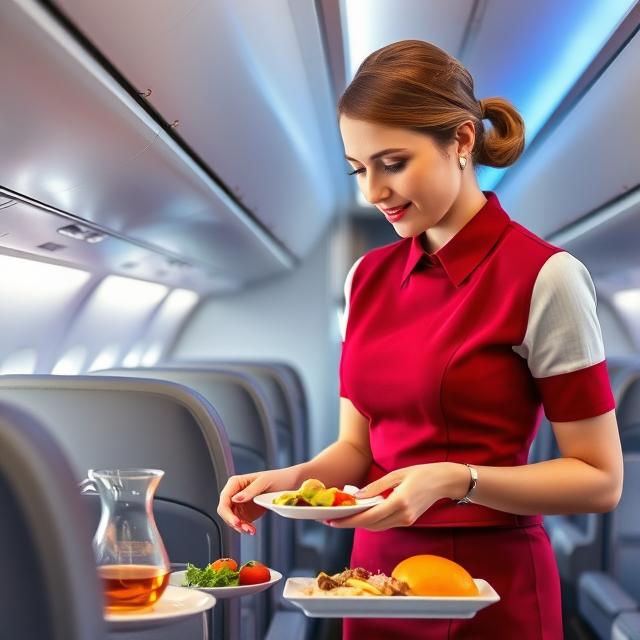
Taste, Satisfaction, and Loyalty
In-flight food is far more than a complimentary service; it’s a strategic component of the overall travel experience. Especially on long-haul flights, the taste, temperature, and presentation of meals can leave a lasting impression. Clean, well-portioned, and diet-conscious meals don’t just satisfy hunger; they enhance emotional comfort.
Key factors that influence passenger satisfaction with inflight meals include:
- Balanced flavors and aromas
- Hygiene and visual presentation
- Adequate portion sizes
- Availability of dietary options (vegetarian, gluten-free, halal, etc.)
When these elements come together successfully, they elevate not only the meal but also the entire experience. A positive dining experience can increase brand loyalty and even shape the perception of the airline itself.
Gastrophysics: The Science of Taste at 30,000 Feet
Gastrophysics, the interdisciplinary science of how our senses interact during eating, has become increasingly relevant in the aviation industry. According to Spence’s findings, low cabin pressure dulls sweetness and saltiness, while background noise further suppresses these flavors. At the same time, umami remains perceptible, making it the “hero taste” of high-altitude cuisine.
This scientific understanding has led airlines to redesign their menus accordingly:
- Meals emphasize umami-rich ingredients like broths, tomatoes, and aged cheeses
- Strong spices and aromatic herbs are used to awaken the palate.
- Crispy and textured foods are chosen to engage the sense of touch and sound.
- Some airlines even experiment with “soundscapes” to enhance flavor.
One notable example is British Airways, which introduced the concept of “sonic seasoning.” Passengers were invited to listen to carefully selected music tracks alongside their meals. These sound pairings were designed to enhance the perception of certain flavors particularly umami and saltiness based on research showing that high-frequency sounds can heighten sweetness, while low tones boost savory notes. The result was a richer, more immersive dining experience.
In the modern aviation landscape, comfort is no longer defined solely by legroom or recline angles. Today’s passengers expect a complete sensory experience, and food is central to that. A thoughtfully crafted menu not only satisfies the appetite but also fosters emotional resonance, builds brand trust, and encourages repeat business.
Put simply, in the race to win hearts at 30,000 feet, a powerful kitchen is just as essential as a powerful engine.
References
Abbas, M., & El Gamal, M. (2015). The impact of in-flight meal service quality on customer satisfaction in full-service airlines. International Journal of Hospitality and Tourism Studies, 3(2), 45–58.
ANA Holdings Inc. (2025, February). ANA Introduces a Broader Range of Japanese Sake for In-Flight Service and Lounges Retrieved from https://www.anahd.co.jp/group/en/pr/202502/20250219.html
Baysal, K. (2020). Turkish DO&Co. In K. Baysal (Ed.), Gastronomi Havayolu İşletmeciliği Ulaştırma Sektörü. İstanbul.
Beck, L. (2014). The science of airplane food. Smithsonian Magazine. Retrieved from https://www.smithsonianmag.com/
Che Laidin, N. A., Noordin, N., & Khalid, A. (2021). The relationship between airline food quality and customer satisfaction. Journal of Tourism, Hospitality and Environment Management, 6(26), 32–42.
Karaosmanoğlu, K. (2017). Uçuş-İçi Yiyecek İçecek Hizmetinin Müşteri Memnuniyetine Etkisi (Master’s thesis, Adnan Menderes University, Aydın).
Spence, C. (2017). Tasting in the Air: A Review. International Journal of Gastronomy and Food Science, 9, 10–15.
Spence, C., & Shankar, M. U. (2010). The influence of auditory cues on the perception of food and drink. Physiology & Behavior, 107(4), 505–510.
Stepanek, J. (2002). Environmental factors affecting taste perception at altitude. Aviation, Space, and Environmental Medicine, 73(9), 838–845.
Yan, K., & Dando, R. (2015). Effect of auditory stimulation on taste perception of umami and saltiness. Food Quality and Preference, 41, 1–6.Wills, S. (2020). Why airline food tastes different at 30,000 feet. BBC Travel. Retrieved from https://www.bbc.com/travel
Pictures: FreePik, Unsplash

